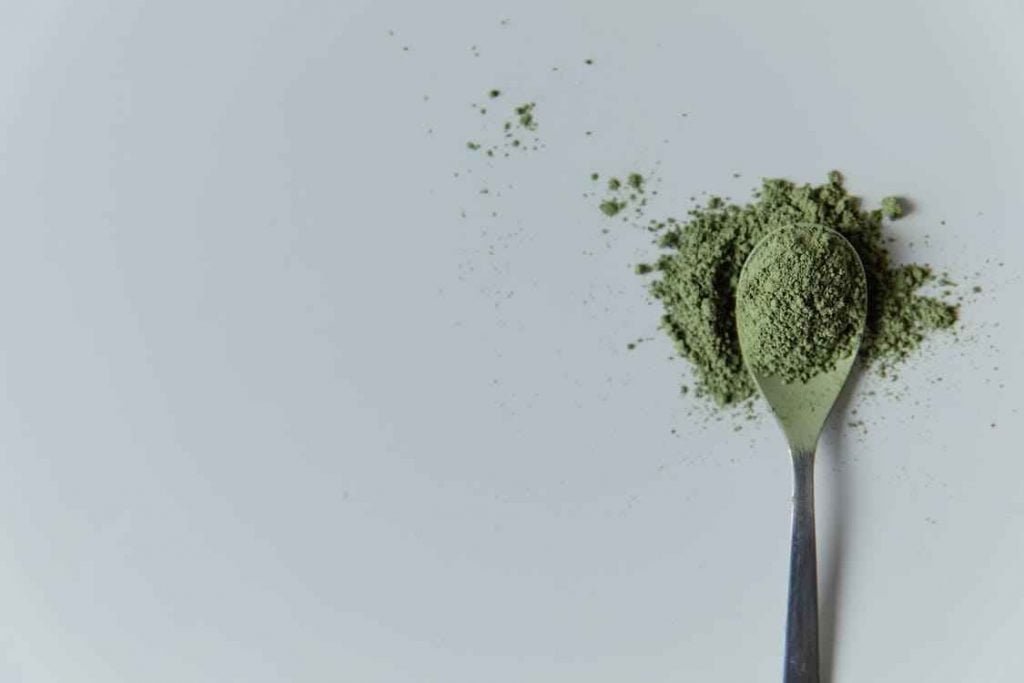Last updated on March 26th, 2024 at 01:32 am
In the shadows of society’s vices lies a profound darkness that has claimed countless lives and shattered families. Heroin addiction, a relentless and insidious force, has plagued communities across the world for decades. This article delves into the depths of heroin addiction, examining its origins, its harrowing consequences, and the path to recovery.
Table of Contents
The Origins of Heroin Addiction
Heroin, derived from morphine, is a potent opioid that was initially synthesized in the late 19th century as a pharmaceutical painkiller. It was marketed as a non-addictive alternative to morphine, but soon the world realized the tragic fallacy of this claim. Today, addicted to heroin is a widespread and destructive problem.
Addiction often begins innocently enough, with individuals seeking relief from physical pain, emotional trauma, or stress. Prescription opioid medications, such as OxyContin or Vicodin, are common gateways to heroin addiction. Once tolerance to these medications develops, users may turn to heroin for a more powerful and affordable high. The transition from prescription opioids to heroin is a perilous crossroads where many lives are derailed.
The Harrowing Consequences
Physical and Mental Health Deterioration:
Heroin abuse takes a devastating toll on the body and mind. The drug acts as a central nervous system depressant, causing a profound sense of relaxation and euphoria. However, it also slows breathing, heart rate, and metabolism to dangerous levels. Prolonged use can lead to respiratory failure, heart problems, and a weakened immune system.
Mentally, heroin addiction often results in a state of perpetual craving and withdrawal. Users become trapped in a cycle where the drug offers temporary relief from the very suffering it perpetuates.
Social Isolation and Broken Relationships:
Heroin addiction is a lonely journey. As individuals become more dependent on the drug, their focus shifts from maintaining relationships to satisfying their cravings. Family bonds shatter, friendships disintegrate, and social isolation becomes the norm. Users are often estranged from loved ones, making the recovery process even more challenging.
Legal Troubles:
The pursuit of heroin often leads to a life of crime. Users desperate to finance their addiction may resort to theft, drug dealing, or other criminal activities. This results in a never-ending cycle of incarceration and addiction, further diminishing the chances of recovery.
Overdose and Death:
One of the most chilling consequences of heroin addiction is the ever-present risk of overdose. The purity and potency of street heroin vary widely, making it impossible for users to gauge their tolerance accurately. A dose that once provided a high can become lethal as purity levels fluctuate. Countless lives have been lost to heroin overdoses, leaving families devastated and communities in mourning.
The Path to Recovery
While the grip of heroin addiction is formidable, recovery is possible with the right support and resources. Here are some critical components of the path to recovery:
Acknowledgment and Acceptance: The first step toward recovery is acknowledging the addiction and accepting the need for help. Many individuals deny the severity of their problem until they reach a crisis point. Accepting the reality of addiction is a vital milestone.
Professional Treatment: Heroin addiction is a complex and chronic disease that often requires professional treatment. Rehabilitation centers and outpatient programs offer a range of therapies, including medication-assisted treatment (MAT) to manage cravings and withdrawal symptoms.
Therapy and Counseling: Mental health support is crucial in addressing the underlying issues that fuel addiction. Cognitive-behavioral therapy (CBT) and individual counseling can help individuals learn coping strategies and build resilience against relapse triggers.
Supportive Communities: Peer support groups, such as Narcotics Anonymous (NA), provide a sense of community and understanding for individuals in recovery. Sharing experiences and learning from others can be an invaluable source of motivation.
Rebuilding Relationships: The process of healing extends beyond the individual. Rebuilding relationships with family and friends may require time, effort, and forgiveness, but it is a crucial part of the recovery journey.
Lifestyle Changes: Adopting a healthy lifestyle can aid in recovery. This includes regular exercise, a balanced diet, and stress management techniques. Positive habits can help replace the void left by drug use.
Long-Term Recovery Plans: Recovery is an ongoing process, and relapse is a common part of the journey. Having a long-term plan and a support network in place can help individuals navigate the challenges of staying sober.
Related Articles:
Conclusion
Heroin addiction is a menacing force that preys on vulnerability and despair. It infiltrates lives, leaving a trail of destruction in its wake. However, it is essential to remember that recovery is possible, and countless individuals have emerged from the depths of addiction to lead healthy, fulfilling lives.
As a society, we must prioritize access to treatment, reduce the stigma surrounding addiction, and support those who are struggling. By raising awareness, providing resources, and offering compassion, we can help individuals break free from the clutches of heroin addiction and find their way back to the light of recovery.







